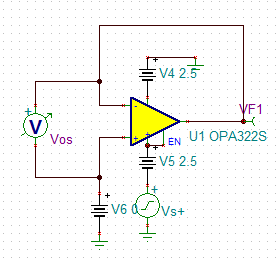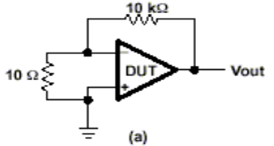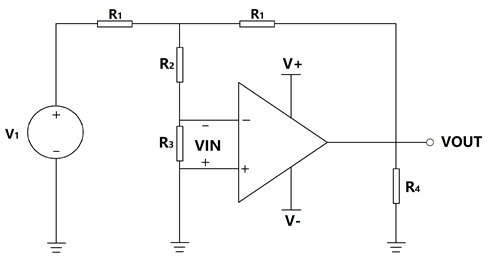Hi,
I am learning the PSRR of OPA.
and Why use the circuit to test PSRR of OPA?
in lab test, we need to Amplify VOS to measure
But why need to adjust V1 for Vout=0? to In order to prevent the open loop gain from bringing errors?
Could you give me a detailed explanation?
i tested the psrr in lab, and got the result below:
but the psrr in datasheet is 10uV/V. Is this error normal?
Thanks very much.
Joise Wu





